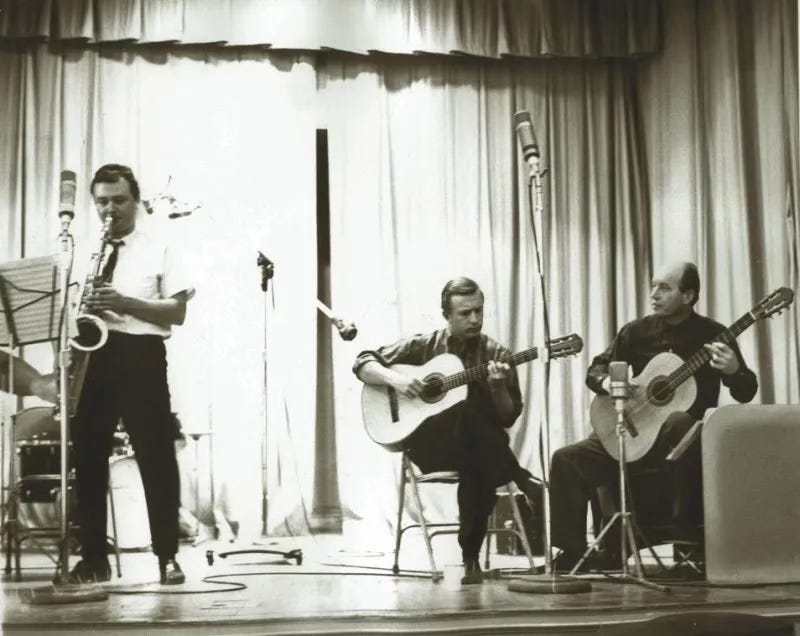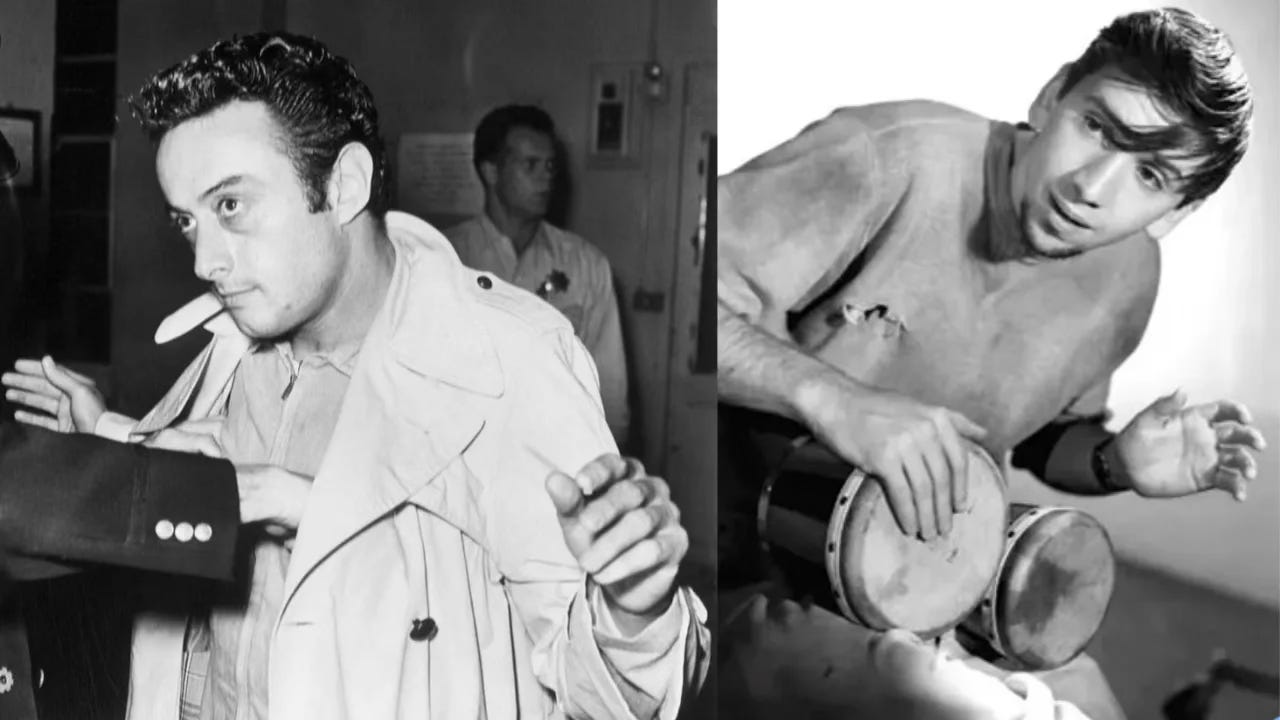For a Jazz enthusiast, there are pivotal instances when a piece of music is heard for the first time, causing an epiphany. It could be through radio waves, at a social gathering, or via a digital link—when the tunes begin, they captivate instantly, prompting an urgent query: What was that sound? Who created it?
Such revelations have occurred to me numerous times. There was the occasion when I truly absorbed the essence of a jazz legend's saxophone performance on a classic track, recorded live at a historic concert hall, Charlie Parker playing “Hot House” on Jazz at Massey Hall. Then there was the mesmerizing piano segment in a track by a renowned jazz quartet leader, Keith Jarrett’s piano solo on the classic Charles Lloyd recording, “Forest Flower.” Or my first encounter with a virtuoso saxophonist, Michael Brecker, on Horace Silver’s “Gregory is Here.” The music didn't just play; it leaped out and seized my attention, assuring me it would be part of my musical journey indefinitely.
A similar moment struck in 1962 with the discovery of a track from an album that fused Jazz with Brazilian rhythms, over the airwaves, “Jazz Samba,” by Stan Gtez. The smooth sounds of Stan’s tenor saxophone interlaced with the novelty of Bossa Nova, securing a lasting spot in my collection of favorites. More than sixty years later, I’m still moved by this music. That’s the way it is with great music, it has an eternal quality.
Stan Getz's "Jazz Samba," recorded with guitarist Charlie Byrd, was one of the first records to introduce the bossa nova rhythm to the American jazz audience. Until then, bossa nova was primarily a Brazilian musical trend. "Jazz Samba" was instrumental in transforming bossa nova from a regional music style into a global jazz phenomenon.
"Jazz Samba" was not just a critical success but also a commercial one. It hit the charts in the United States and stayed there for 70 weeks. The single "Desafinado" became a top 20 hit. This level of success was unprecedented for a jazz record at the time and helped to renew interest in jazz as a genre within the broader popular music scene.
The album showcased a successful fusion of cool jazz and samba, creating a new and fresh sound that was different from both traditional Brazilian samba and the jazz music being produced in America at the time. The blend of Getz's saxophone with Byrd's acoustic guitar created a melodic and rhythmic complexity that appealed to both jazz aficionados and casual listeners alike.
"Jazz Samba" sparked a bossa nova craze in the United States and influenced countless musicians. It led to a series of bossa nova albums by American jazz musicians and encouraged further collaborations between Brazilian and American artists.
The album perfectly captured Stan Getz at his peak, with his playing characterized by a warm, lyrical tone and an effortless sense of rhythm and melody. It cemented his status as one of the most talented and influential tenor saxophonists in jazz history.
It was also the first real collaboration between American musicians and Brazilian music that represented a positive cultural exchange that opened up avenues for further exploration of Latin American music styles within the jazz genre.
The legacy of "Jazz Samba" is evident in its lasting influence on both jazz and popular music, and it remains a seminal recording for both fans and musicians.
There is only one existing video of Getz and Byrd playing “Desafinado.” The record was an immediate hit and within a few months, these great players were featured on the Perry Como Show, on October 17, 1962.
Also featured this week on Syncopated Justice:
Ray Charles - You Got to Feel It. This is an episode from the Ray Charles, Genius podcast series I did in 2009 where I interviewed Steve Turre, Marcus Belgrave, and several other musicians about the experience of playing with Brother Ray.
Horace Silver Is A Liberated Brother. This track, live at Italy’s great Umbria Festival, documents Horace’s early ‘70s Quintet featuring Tom Harrell and Bob Berg.
The Michael Brecker Podcast. Inspired by Bill Milkowski’s great Brecker bio, I produced a twenty nine episode series where I interviewed many of Mike’s collaborators and friends, discussing Mike the man, and his music. Michael Brecker left an indelible mark on jazz and modern music, and his legacy continues through the many recordings he made and the musicians he inspired.
And coming this Friday, The Profound Influence of Maynard G. Krebs and Lenny Bruce. Maynard and Lenny were two of my major role models when I was a teenager.
Please take care…
Bret



